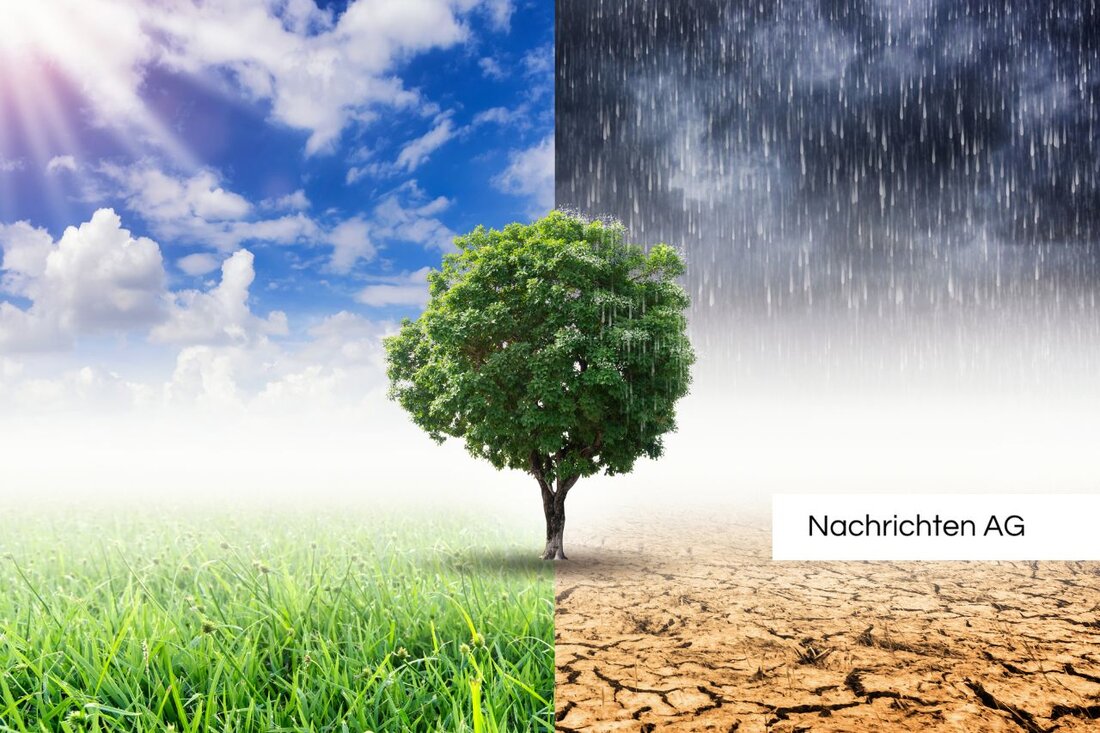Vietnam and China in the typhoon nightmare: huge evacuation before the storm!
Vietnam and China are preparing for a severe typhoon, with massive evacuations and the highest warning levels.

Vietnam and China in the typhoon nightmare: huge evacuation before the storm!
Strong alarm signals from Southeast Asia: A severe typhoon, which has quickly developed into a super typhoon, is inexorably approaching. Both Vietnam and China are preparing for massive evacuation measures and have declared the highest warning level. In view of the impending severe weather situation, over a million people in both countries have to be brought to safety. Work newspaper reports that more than 586,000 people are to be evacuated in Vietnam alone, including relocation in some affected provinces such as Thanh Hoa and Quang Tri.
The coast is particularly affected, where seven provinces have banned boats from leaving the country. Vietnam Airlines also canceled at least 22 flights to and from central cities on Sunday and Monday. Travelers are urged to check their connections and follow developments closely. The storm is expected to make landfall in the early hours of Monday.
Heavy preparations in China and Vietnam
Similar precautionary measures have been taken in China, where the typhoon has already caused considerable destruction. On the tropical island of Hainan, many shops, restaurants and tourist attractions closed due to the red typhoon warning, the highest level in the national warning system. Public transport was also stopped. daily news reports that authorities urged the population to prepare for “worst-case scenarios.”
The storm will bring expected wind speeds of up to 170 km/h and heavy rainfall, potentially leading to severe flooding and landslides. These natural phenomena are not new. China has been suffering from exceptionally high rainfall since July, making the situation even more tense. Last year, super typhoon “Yagi” claimed more than 300 lives and caused billions of dollars in damage.
Climate change as a driving force
Experts warn that such extreme weather events are promoted by climate change. A recent report from the Intergovernmental Panel on Climate Change shows that global warming is increasing the frequency and intensity of extreme weather events like these. Humans are the main cause of these changes, and the forecasts are alarming: coastal flooding that previously only occurred once a century could become a reality every few years in the future. WWF highlights that we urgently need to reduce our greenhouse gas emissions in order to limit global warming to a maximum of 1.5 degrees.
The situation in Southeast Asia is a key example of how urgent action against climate change is. The ongoing threat of storm surges, landslides and flooding is not only a current challenge, but also an indication of future developments in the region. Governments are therefore working closely together to protect lives and secure infrastructure as signs of the coming storm grow.

 Suche
Suche
 Mein Konto
Mein Konto